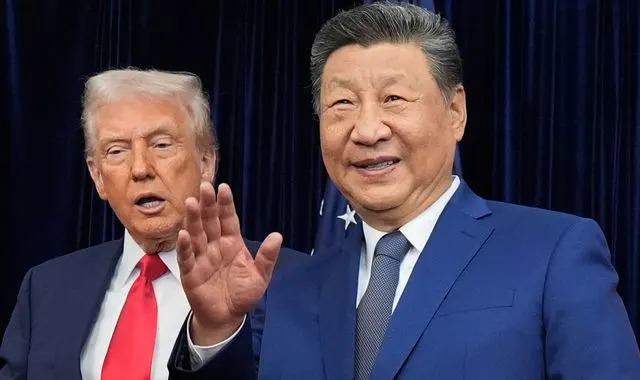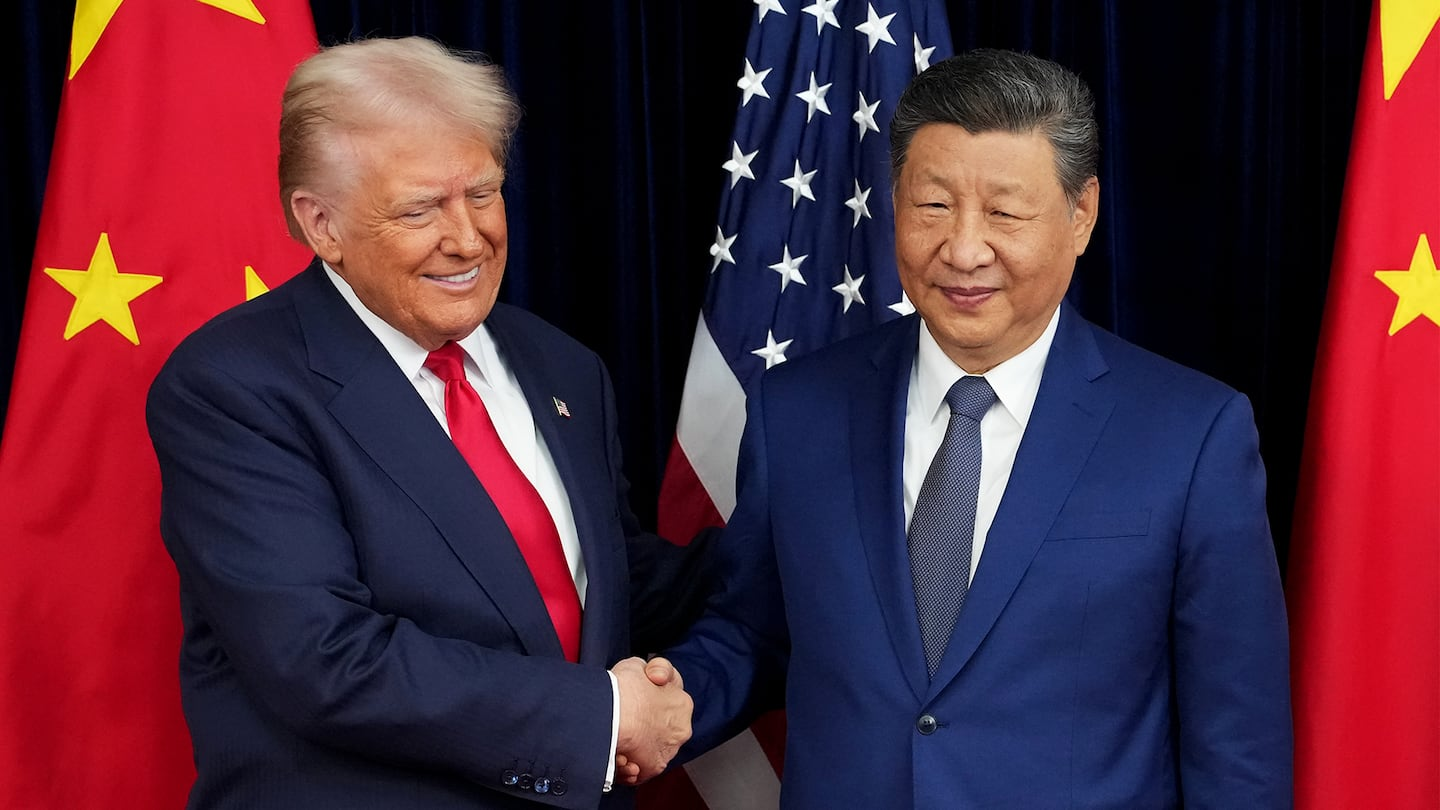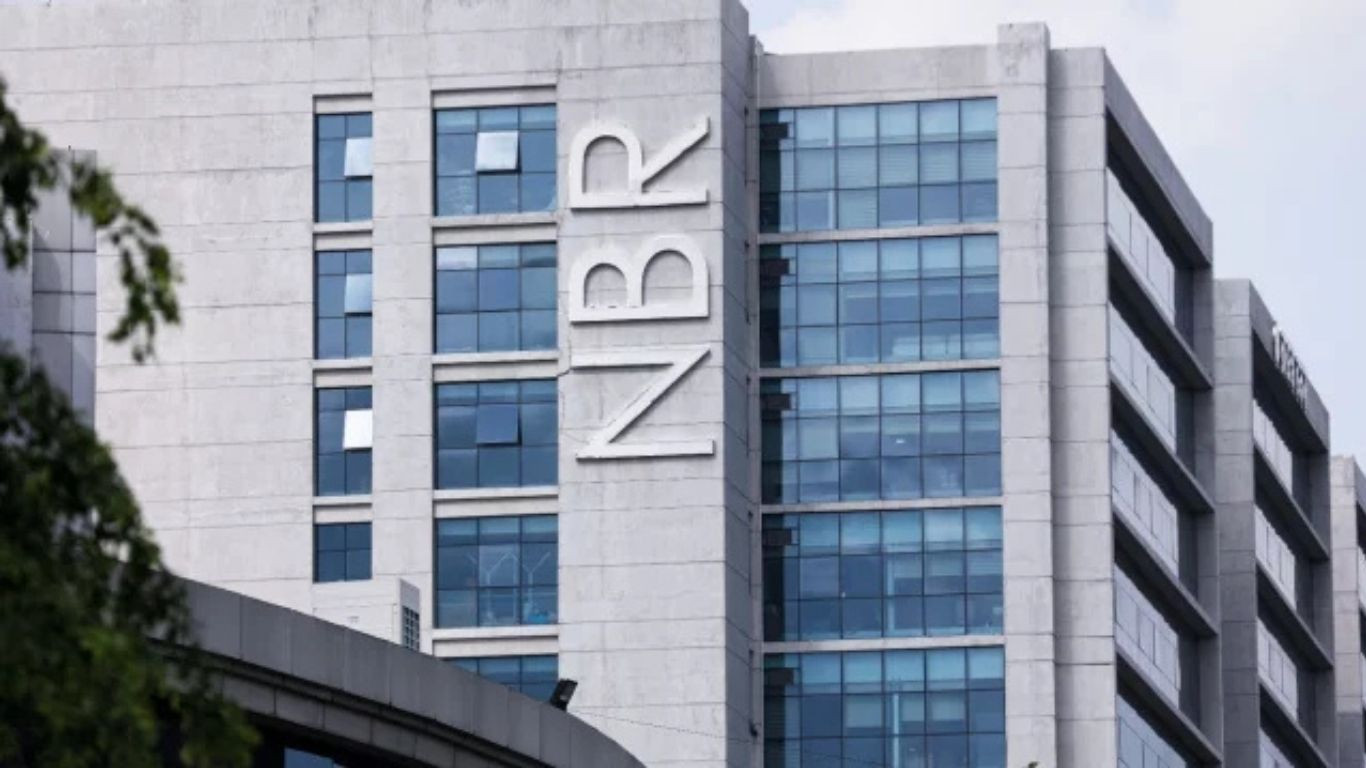TRUMP SAYS CHINA TARIFFS WILL BE CUT AFTER XI SUMMIT; DEALS SIGNAL TACTICAL TRUCE

Tariff steps and what they cover
The United States will lower select tariffs on Chinese goods after President Donald Trump met China’s leader Xi Jinping in South Korea, capping a high-stakes summit that both sides portrayed as a reset on trade tensions. The immediate move is a cut to the special levies tied to fentanyl-related items down to 10%, while officials said additional category-specific reductions could follow pending legal review and agency rulemaking. The White House framed the step as reciprocal to Chinese commitments to buy more U.S. energy and agricultural goods and to step up law-enforcement cooperation on precursors used in synthetic opioids. Markets treated the announcement as a tactical de-escalation rather than a sweeping deal, with analysts warning that many structural disputes—from export controls to data flows—remain unresolved. Still, executives in autos, semiconductors, and energy said any tariff clarity should ease near-term procurement risk and inventory planning.

What’s next for trade, tech and geopolitics
Attention now shifts to how quickly tariff changes are codified and whether Beijing’s purchase pledges materialize in volumes that calm U.S. farm and LNG shippers heading into winter. U.S. officials said Blackwell-class AI chips from Nvidia did not feature in the talks, underscoring that export-control red lines on advanced compute remain intact. That split approach—tariff relief at the edges with continued tech guardrails—suggests a managed truce rather than a full reset. For allies in Asia, especially South Korea and Japan, the headline calm lowers near-term volatility around supply chains but raises fresh questions about medium-term currency and equity flows if U.S. policy tilts toward selective sectoral deals. Diplomats also flagged the summit’s side discussions on maritime incidents and crisis hotlines; any follow-through there would be a meaningful confidence-building measure. In the meantime, businesses are being told to keep contingency plans for licensing, entity-list exposure, and second-order sanctions risk, because the politics of an election-year Washington can quickly re-harden positions.





















